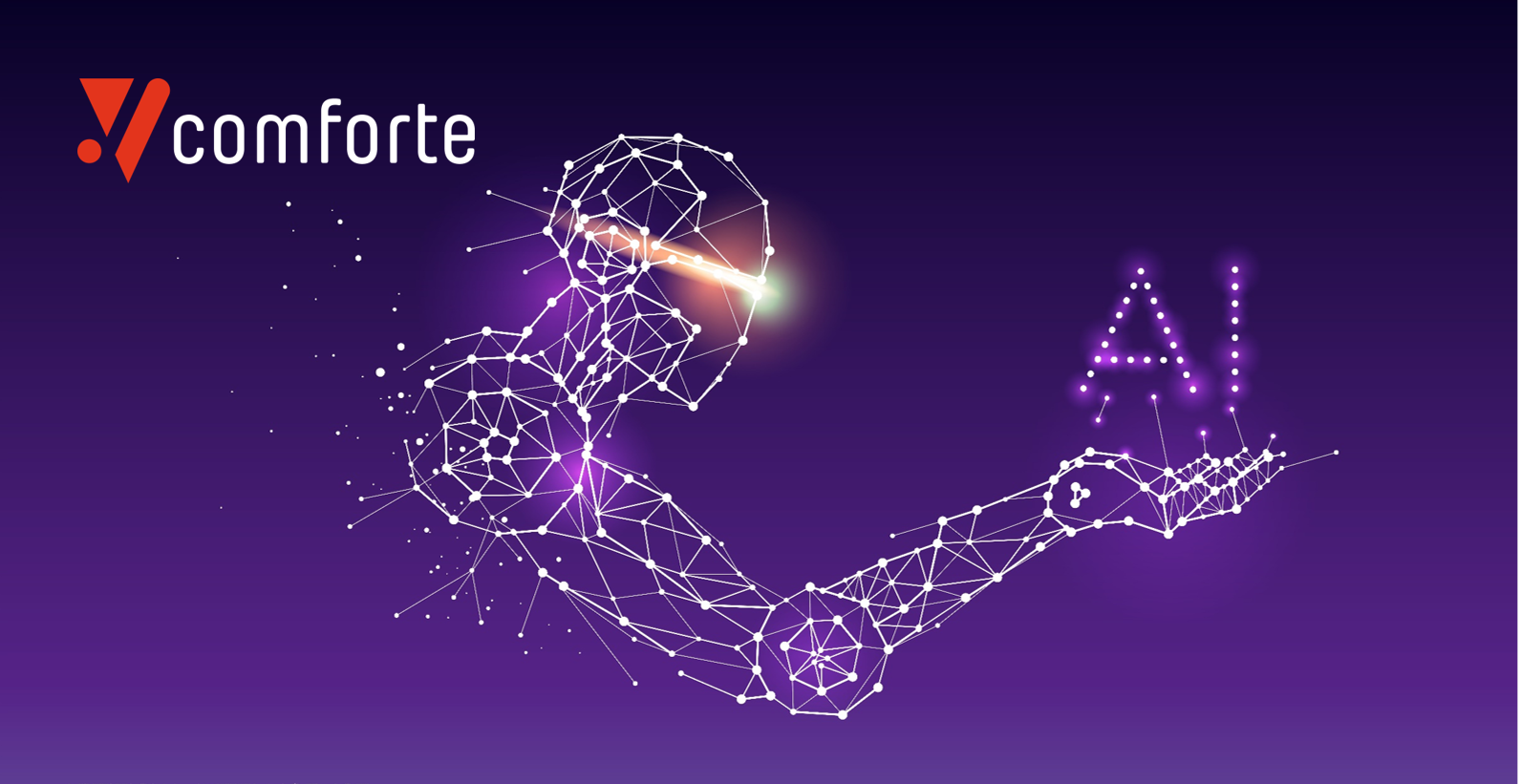Although artificial intelligence (AI) has been with us for some time, the technology seems to be everywhere these days, as vendors and end users get more vocal about its benefits. They’re right to be enthused. McKinsey estimates that AI could unlock trillions of dollars’ worth of value globally across functions in 19 sectors. In some areas, it’s no longer about even carving out competitive differentiation, but merely delivering what is expected by customers and employees.
Yet AI is ultimately built on data. So organizations that fail to adequately protect this data are building their strategic growth plans on sand.
The value of AI
There are various flavors of AI. But however it’s being used, the technology has undeniably become a strategic asset for organizations that can deploy it most effectively. Consider the following use cases.
Automating manual processes: Robotic process automation (RPA) can help to replace repetitive and mundane tasks, reducing human error and freeing-up staff to work on higher value tasks.
Authentication: AI-powered facial recognition and other biometric tools can boost customer and employee checks to enhance security and the end-user experience.
Strategic planning: Predictive AI trained on historic corporate data can help business leaders make better informed decisions about the future – everything from geographical expansion to new product development.
App development: Generative AI (GenAI) tools can help DevOps teams to accelerate development of new applications designed to enhance the customer and/or employee experience.
Customer service: GenAI can also power 24/7 chatbots capable of using natural language interactions to answer customer queries – freeing service staff to focus on more complex customer problems.
Understanding the risk
Broadly speaking, AI’s power comes from applying intelligent algorithms to large volumes of data. But what if a threat actor were able to access that training data? They could potentially:
- Steal customer/employee personally identifiable information (PII) to sell on the dark web, or use it to commit identity fraud themselves
- Steal corporate secrets to sell to the highest bidder
- Steal data with a view to extorting money from the victim organization
- “Poison” the data to degrade the AI model’s accuracy or to achieve a specific targeted result/output
There are also compliance risks involved in unauthorized internal users gaining the ability to access specific datasets. Organizations might find themselves on the wrong side of the GDPR or its equivalents in the US (including the CCPA) if they don’t have strict access controls in place. Failure to put the appropriate checks and controls in place could lead to significant reputational and financial damage – not just from regulatory fines but other breach costs. The average data breach today costs an estimated $4.45m, although it rises to $9.48m in the US.
Start security with the data
Given that the success or otherwise of an AI model is derived from the data on which it is trained, keeping that data secure must be a priority. Organizations need a robust, streamlined way to find and protect this data, wherever it resides in the enterprise. Crucially, the data must also be protected in a way that enables its use in AI systems.
This is where comforte’s Data Security Platform comes into its own. It:
- Automatically and continuously finds and classifies data
- Discovers data wherever it resides – including cloud data stores
- Offers a range of data protection techniques, including tokenization which preserves utility
- Can be integrated into enterprise IT environments without changes to existing applications
- Features effective role-based user authentication to mitigate insider, third-party and compliance risk
Data-centric security like this is a great start for organizations looking to drive AI-powered growth. But it must be deployed as part of a holistic data governance strategy, which includes regular staff awareness training sessions to help create a security-by-design culture.
With everyone in the organization pulling in the same direction, it becomes much easier to optimize use of emerging technologies like AI. Organizations that get this right will find themselves in the driving seat for sustainable growth.






